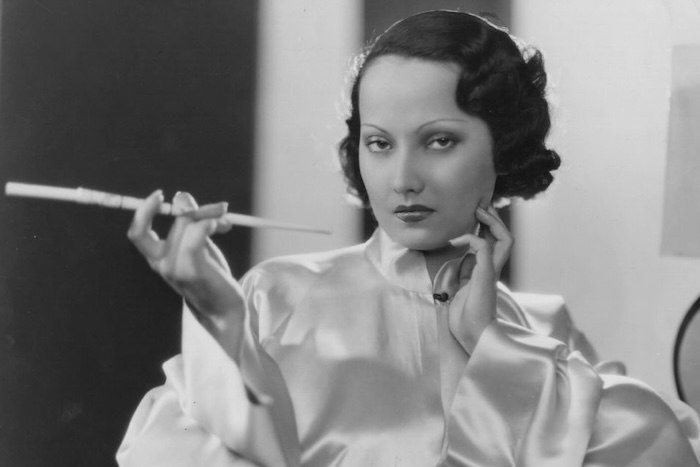
The Pain of Passing: On Mayukh Sen’s Love, Queenie: Merle Oberon, Hollywood’s First South Asian Star
Mayukh Sen’s scrupulous and moving biography, Love, Queenie: Merle Oberon, Hollywood’s First South Asian Star, considers the Golden Age actress’ ambivalence toward her white and Sinhalese ancestry through a decolonial lens. In 1936, Merle Oberon, then 24, became the first performer of color and Asian descent to receive an Academy Award nomination for Best Actress. But Oberon never got to revel in her achievement’s historic importance. To succeed within a far more racist and xenophobic environment, Oberon took pains to pass for white. “This was less a choice than a necessity,” Sen writes, “and it came at great psychic cost to her.” Love, Queenie invites readers to give Oberon’s nomination, gumption, and filmography commensurate recognition. To those who fault Oberon for denying her maternal South Asian lineage, Sen offers context. As black-and-white cinematography gave way to technicolor and television and as Hollywood’s studio system disintegrated, Oberon’s few Asian contemporaries struggled to sustain acting careers. In keeping with anti-miscegenation laws in most of the United States, American film studios of Oberon’s era eschewed depictions of romance between white actors and performers of color. For Oberon, disclosing her identity would have forfeited her leading lady roles. She would have also lost advertising campaigns with Lux Toilet Soap and Max Factor selling her fair complexion. Given the Immigration Act of 1917 that barred South Asians from legal entry into the United States, Oberon would have also risked deportation. As the United States and Britain pushed colonial projects, Oberon overcame poverty, spousal abuse, and fickle industry standards to fulfill her childhood ambition to act. In attending to how Oberon exercised her agency within the constraints she faced, Sen celebrates Oberon’s craft, charting her artistic evolution and limitations and how all of that withholding must have created stores of emotion that informed Oberon’s expression before the camera.

